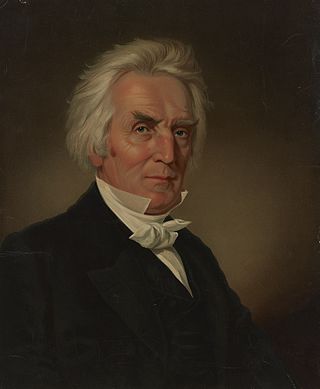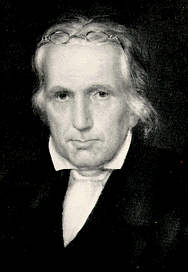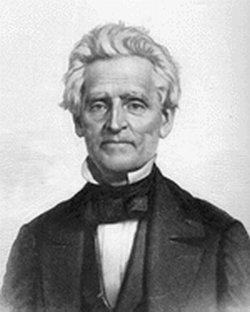Denominational families
These Christian traditions use forms of congregational polity.
Congregational churches
Congregationalism is a Protestant tradition with roots in the Puritan and Independent movements. In congregational government, the covenanted congregation exists prior to its officers, [3] and as such the members are equipped to call and dismiss their ministers without oversight from any higher ecclesiastical body. Their churches ordinarily have at least one pastor, but may also install ruling elders.
Statements of polity in the congregational tradition called "platforms". These include the Savoy Confession's platform, the Cambridge Platform, and the Saybrook Platform. Denominations in the congregational tradition include the UCC, CCCC, and EFCC. Denominations in the tradition support but do not govern their constituent members.
Baptist churches
This section needs additional citations for verification .(January 2021) |
Most Baptists hold that no denominational or ecclesiastical organization has inherent authority over an individual Baptist church. Churches can properly relate to each other under this polity only through voluntary cooperation, never by any sort of coercion. Furthermore, this Baptist polity calls for freedom from governmental control. [4] Exceptions to this local form of local governance include the Episcopal Baptists that have an episcopal system.
Independent Baptist churches have no formal organizational structure above the level of the local congregation. More generally among Baptists, a variety of parachurch agencies and evangelical educational institutions may be supported generously or not at all, depending entirely upon the local congregation's customs and predilections. Usually doctrinal conformity is held as a first consideration when a church makes a decision to grant or decline financial contributions to such agencies, which are legally external and separate from the congregations they serve. These practices also find currency among non-denominational fundamentalist or charismatic fellowships, many of which derive from Baptist origins, culturally if not theologically.
Most Southern Baptist and National Baptist congregations, by contrast, generally relate more closely to external groups such as mission agencies and educational institutions than do those of independent persuasion. However, they adhere to a very similar ecclesiology, refusing to permit outside control or oversight of the affairs of the local church.
Churches of Christ
Ecclesiastical government is congregational rather than denominational. Churches of Christ purposefully have no central headquarters, councils, or other organizational structure above the local church level. [lower-alpha 1] [6] Rather, the independent congregations are a network with each congregation participating at its own discretion in various means of service and fellowship with other congregations. [lower-alpha 2] [8] [9] Churches of Christ are linked by their shared commitment to restoration principles. [9] [10]
Congregations are generally overseen by a plurality of elders (also known in some congregations as shepherds, bishops, or pastors) who are sometimes assisted in the administration of various works by deacons. [9] [11] Elders are generally seen as responsible for the spiritual welfare of the congregation, while deacons are seen as responsible for the non-spiritual needs of the church. [12] Deacons serve under the supervision of the elders, and are often assigned to direct specific ministries. [12] Successful service as a deacon is often seen as preparation for the eldership. [12] Elders and deacons are chosen by the congregation based on the qualifications found in Timothy 3 and Titus 1. [13] Congregations look for elders who have a mature enough understanding of scripture to enable them to supervise the minister and to teach, as well as to perform governance functions. [14] In lieu of willing men who meet these qualifications, congregations are sometimes overseen by an unelected committee of the congregation's men. [12]
While the early Restoration Movement had a tradition of itinerant preachers rather than "located Preachers", during the 20th century a long-term, formally trained congregational minister became the norm among Churches of Christ. [15] Ministers are understood to serve under the oversight of the elders. [14] While the presence of a long-term professional minister has sometimes created "significant de facto ministerial authority" and led to conflict between the minister and the elders, the eldership has remained the "ultimate locus of authority in the congregation". [12] There is a small group within the Churches of Christ which oppose a single preacher and, instead, rotate preaching duties among qualified elders (this group tends to overlap with groups which oppose Sunday School and also have only one cup to serve the Lord's Supper).
Churches of Christ hold to the priesthood of all believers. [16] No special titles are used for preachers or ministers that would identify them as clergy. [17] Churches of Christ emphasize that there is no distinction between "clergy" and "laity" and that every member has a gift and a role to play in accomplishing the work of the church. [18]
Congregational Methodist Church
Methodists who disagreed with the episcopal polity of the Methodist Episcopal Church, South left their mother church to form the Congregational Methodist Church, which retains Wesleyan-Arminian theology but adopts congregationalist polity as a distinctive. [19]








